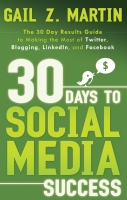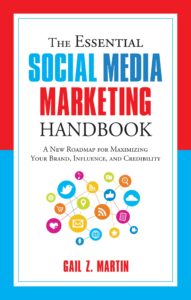
Productivity is all about getting more results from the time or money invested. Promotion is one of the areas where businesses look to increase their productivity; in other words, to get more bang for their buck. Online reviews and directories are yet another tool businesses can use to get their name out in front of more potential consumers and reach them during their decision process, when prospects are actively planning a purchase.
Many people remember when there was only one directory: the phone book. As a growing number of consumers migrate to cell phones instead of land lines, phone books have become less valuable, both to businesses looking to be found in their pages, and to telemarketers using them as a way to cold call. But with the rise of the Internet, a new breed of directory has taken hold, a hybrid of the old phone book category listing crossed with a dynamic, interactive social media tool where consumers can provide feedback to merchants and communicate among themselves.
Yelp, Yahoo! Local, and Citysearch are three of the most popular online directories. They include a wide variety of business types, ranging from products to services to hospitality/entertainment, combining basic information such as company name, address and phone number with the option for customers to add comments. The company information may have been added by a consumer, or by the company itself. Categories are rarely an exhaustive listing of every business in that service type (but then again, the old phone directories only included companies willing to pay for an ad).
Most directory sites create their basic content in two ways: collecting publicly available information from other published sources, and allowing users to add sites live online. This means that your business may already be out there, so it’s a good reason to Google your company on a regular basis to see where you’re showing up and to make sure that your basic information (address, contact information, category) is correct. You may have also been added by a recent customer, or by a helpful bystander who knew about your firm and wanted to make the listing more complete. You can also add your own company, and there are some strong reasons why you should consider doing so, if you’re not already out there.
The first reason for making sure you’re represented in online directories has to do with consumers’ preferences. Today’s consumers turn to online sources for information gathering far more often than they pick up a printed directory of any kind. Online information is believed to be more accurate because it can be frequently updated than a printed document. Obviously, this isn’t always the case (incorrect information can be posted just as easily as accurate information, and sites don’t always get updated as frequently as they should be). In general, though, consumers have had good luck finding the information they’re looking for online, so they come back again when they need to search for something else. Most directories for the general public (i.e. not a membership directory for an organization) list companies for free, because they want users to add content. If your company isn’t in the directory, consumers in a hurry may not bother to look further, and you lose out.
The second reason for being in online directories is word of mouth. Consumers have always trusted what other “real” people say about a business more than they trust paid advertising. Before the Internet, those conversations took place over the back yard fence, in the line at the grocery store, or at social events. Now, consumers like to read reviews posted by other customers before making a choice to buy. They’re not only interested in the quality of the product; they also want to know about the quality of the customer service provided by the merchant.
The third reason for being in online directories is search-ability. Every time your company appears online, it helps to boost your search engine results. The more people are talking about your company and the more places it appears online, the higher the search engines place it in their results pages. Being present online pays off, not just in being visible on an individual directory site, but also through the secondary boost every online mention gives to your Google results.
Excerpted from 30 Days to Virtual Productivity Success by Gail Z. Martin






